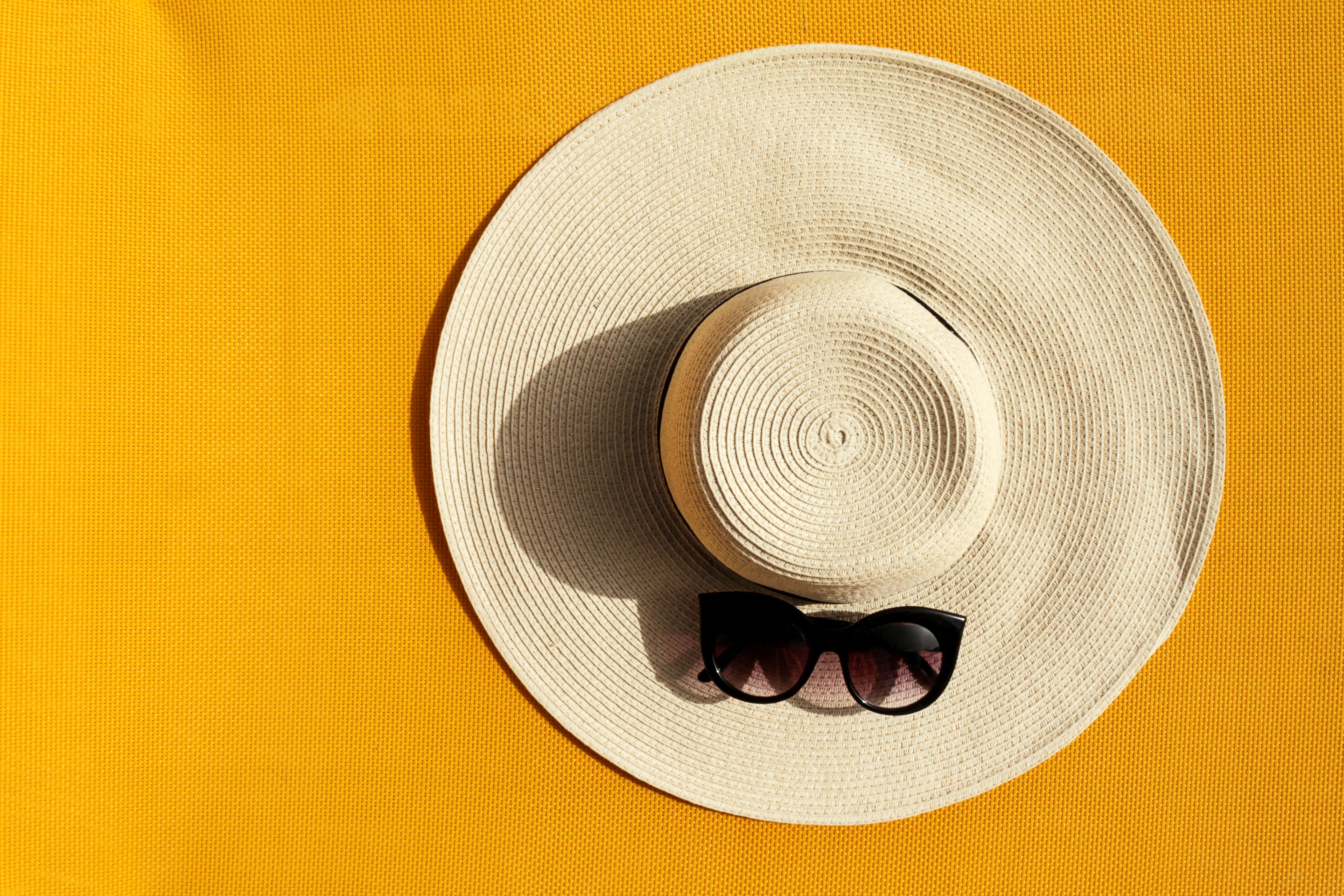Anyone who has spent more than a few minutes outside in the Louisiana sun in the summer knows how extremely hot it can get. Sunburns seem to come on within minutes, and you don’t know how burned you are until you look in a mirror. Your crawfish-colored skin isn’t just painful and embarrassing, it can harm you for years to come. When the sunrays start touching your skin this summer, you’ve got to protect yourself.
Sunburns occur when the DNA in your skin cells gets damaged by UVA and UVB radiation from direct sunlight. Getting sunburned just once every two years can increase the risk of DNA damage that can lead to cells growing uncontrollably. This condition is known as melanoma cancer. Even slightly burned skin is considered to be damaged.
New Orleans lies in a humid, subtropical climate and receives more UV radiation than most other southern cities. New Orleans has 20 percent more UVB rays than Atlanta, for example. Shockingly, the rates of melanoma cancer in Louisiana are lower than the national average. According to Louisiana Cancer Prevention, from 2009 to 2013, 2.3 Louisiana citizens per 100,000 passed away from melanoma cancer, while 2.7 other American citizens per 100,000 died from it. Despite having a lower melanoma rate, Louisianans should take precautions to avoid sunburns.
African American men and women are less at risk of developing melanoma, but they are less likely to survive than other ethnicities if they are diagnosed with it. The melanoma may be more difficult to find on people with dark skin tones, and diagnoses tend to happen in the more advanced stages of cancer. The famed reggae singer Bob Marley, a native of Jamaica, succumbed to acral lentiginous melanoma when he was 36 years old. People of all ethnicities are advised to wear sunscreen and have regular skin screenings by a dermatologist for suspicious moles.
When choosing a sunscreen, take into consideration your level of activity. Sunscreens and sunblocks may not protect you against everything you’re going to encounter that day. For example, if you plan on spending a lot of time outdoors in the sun and are likely to sweat, a sunblock containing physical UV ray-blockers like titanium dioxide or zinc oxide would provide you with more protection. The product’s SPF (sun-protection factor) refers to how well it blocks UVB rays, but it doesn’t measure how it protects against UVA rays. Sunscreens and sunblocks that are labeled broad-spectrum should have more robust protection. Apply sunblock half an hour before going outside, and reapply it every two hours or after heavy sweating and swimming.

In 2017, state lawmakers introduced a bill to allow school children to bring sunscreen to school, and Governor Jon Bell Edwards passed the bill into law. The bill was passed with help from people who are passionate about spreading the word about melanoma prevention. One of those people was Sarah Lomax Gray, who co-founded the Lauren Savoy Olinde Foundation. Gray says that the bill is “common sense legislation for kids” who are at risk of sun exposure on their unshaded school playgrounds.
Sarah’s best friend, Lauren Savoy Olinde, passed away from skin cancer when she was just 27 years old. Lauren wore sunscreen regularly and never tanned in a tanning bed, yet she was diagnosed with stage III melanoma when she was in her mid-20s. Although she went into remission a year later, the cancer still eventually returned. She passed away in 2011 from stage IV melanoma after it metastasized to her vital organs.
Sarah created the foundation to bring awareness to the masses about protecting their skin from the sun and getting checked for abnormal moles regularly. “I hate that we have Lauren’s story, but we have it for a reason. It brings home the fact that skin cancer is the most common cancer in the U.S., and we have to start protecting and preventing sun damage to our skin now, not when we are 60 or even 30 … now, in our teens, and in our 20s,” she states on the LSO Foundation’s website.
In addition to sunscreen, certain clothing is designed to block harmful UV rays from your skin. All clothing can block some rays, but clothing with an Ultraviolet Protection Factor (UPF) of 15 to 50 is best. Darker clothing with tighter weaves blocks more sunrays. It is advisable to wear sunscreen under your clothes for added protection. Coolibar Clothing is specifically designed with a high UPF.
Large-brimmed hats and sunglasses with high UPFs can help you stay safe from the sun’s damaging rays as well. Your eyes can develop cataracts and macular degeneration if exposed to strong UV rays for years. Many of Krewe’s sunglasses, even lighter-colored ones, offer 100 percent UVA and UVB protection.
Babies should also be protected from the sun with hats, sunglasses, and lots of shade. Children over the age of six months can use sunblock specifically made for children.
Let this be the summer when you take such good care of your skin that you don’t get sunburned at all.

